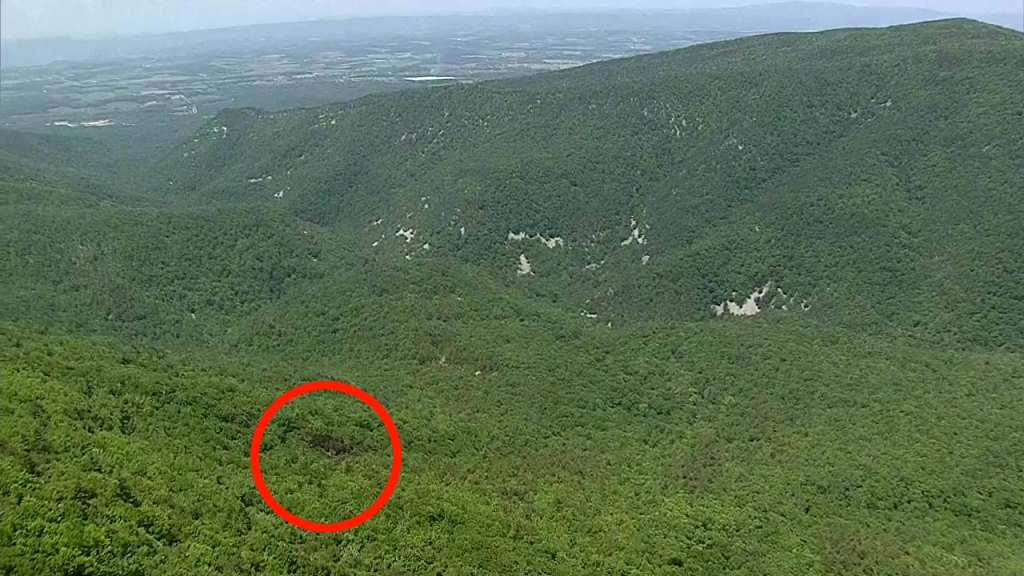Flight map tracking doomed Virginia ‘ghost plane’ released
A detailed flight map tracking the route of a “ghost plane” that mysteriously crashed earlier this month in Virginia, killing all four onboard, was released by federal investigators on Wednesday — as they revealed the cockpit voice recorder still hasn’t been located.
The map, which was included in a preliminary report put out by the National Transportation Safety Board, showed the whereabouts of the private Cessna plane before it went down over mountainous terrain near Montebello on June 4.
Investigators haven’t yet determined the cause of the crash, but the report sheds light on what unfolded in the hours before tragedy struck.
Pilot Jeff Hefner had repeatedly made contact with air traffic controllers after the flight took off from Tennessee’s Elizabethton Municipal Airport at about 1:13 p.m. with three passengers onboard, according to the report.
The plane — carrying real estate agent Adina Azarian, 49, her 2-year-old daughter, Aria, and the girl’s live-in nanny, Evadnie Smith — was en route to New York’s Long Island MacArthur Airport.
In a string of audio recordings reviewed by investigators, the pilot contacted controllers at least three times as the plane climbed in altitude. Each time, the controller gave the aircraft clearance to climb even higher, and the pilot responded by reading back the clearance.
At about 1.30 p.m., the controller instructed the pilot to stop climbing at 33,000 feet for “crossing air traffic,” investigators said.
“The pilot did not respond to the amended clearance, the airplane continued the climb to 34,000 ft and leveled off,” the report says.
“No further radio transmissions from the pilot were received for the remainder of the flight, despite repeated attempts to contact the pilot.”


The plane continued on its filed flight plan at 34,000 feet until it suddenly made a nearly 180-degree turn at about 2.30 p.m. over the Long Island airport, the map shows.
The Department of Defense had previously disclosed that six F-16 fighter jets were quickly deployed out of Joint Base Andrews in Maryland after the plane subsequently veered into restricted space around Washington, DC, as it tracked back toward Virginia.
“The pilot was unresponsive to several radio transmissions, intercept flight maneuvers, and flare deployments,” the report says.
Despite sources saying the fighter jets had witnessed the pilot passed out, investigators made no mention of it in the report.
Authorities said the plane showed “little deviation or altitude change” until just before 3.30 p.m. when the jet suddenly “entered a rapidly descending right spiral descent into terrain.”


Moments later, the plane crashed into the mountainous terrain.
Investigators believe, based on the evidence and a review of the crash site, that the plane plummeted at “high velocity” and a “near vertical descent.”
“The cockpit was destroyed in the impact,” the report says, adding that fragments of both wings and the two engines were found scattered nearby.
The cockpit voice recorder still hasn’t been recovered despite recent maintenance records showing one was installed as of May 2023, according to the report.
A full report into the crash isn’t expected to be completed for up to a year, according to the NTSB.
Read the full article Here


